Why My Art Isn’t For Everyone
Every artist faces the same assumption: that art should be for everyone. That the more people who like it, the better. That success is measured by universal approval.
I’ve never worked that way.
From the beginning, my work was never made to appeal to a wide audience. It was never meant to fit into design trends or visual expectations. It was never created to serve as decoration for anyone who happened to like the colour palette.
Instead, my work exists for a small, specific group of people.
Collectors who do not approach art as a product.
Collectors who feel before they analyse.
Collectors who recognise something in the work long before they try to name it.
And because of that, my work was never meant for everyone.
It never will be.
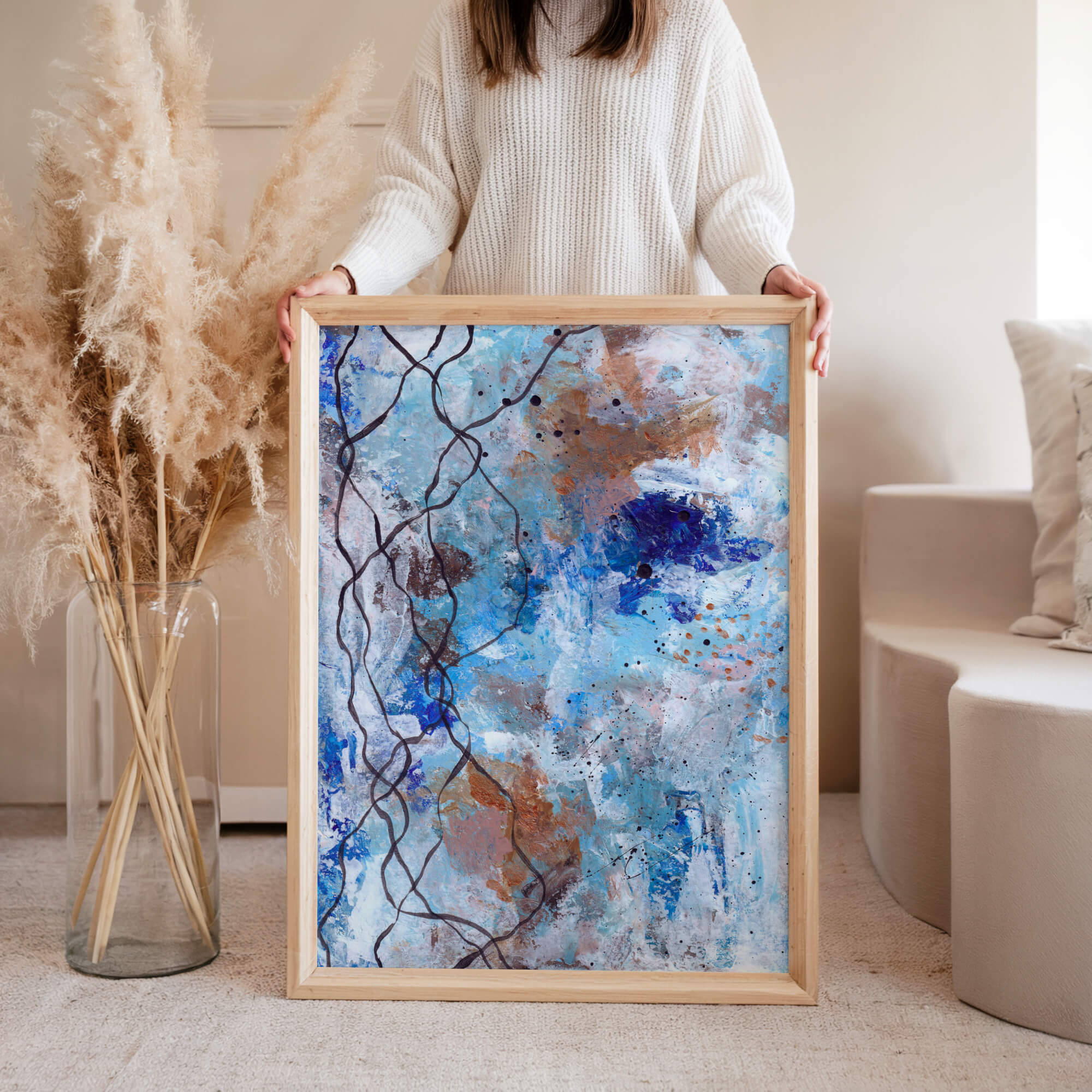
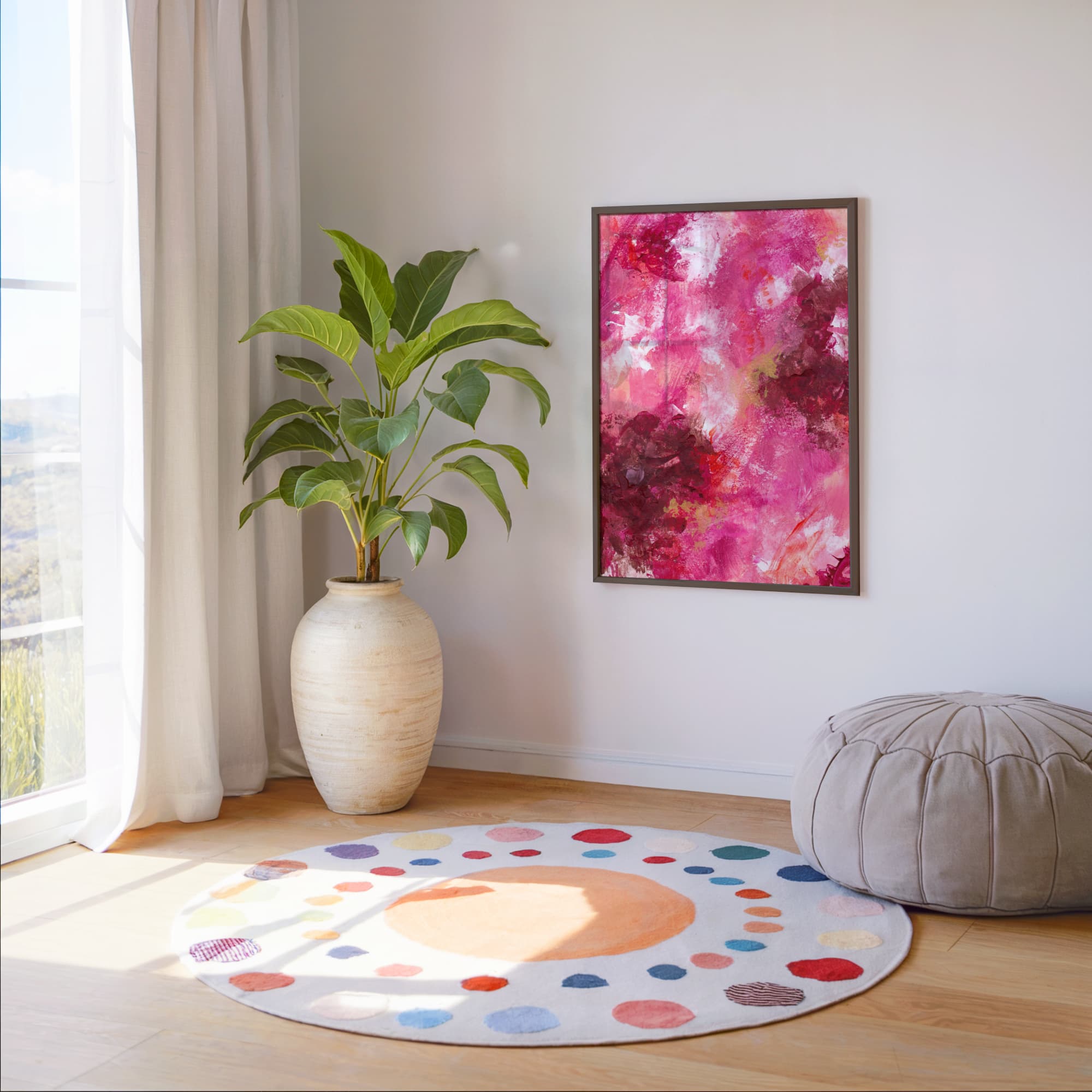
Why I Do Not Create For Universal Appeal
There is a very practical reason my work does not seek mass appeal.
Mass appeal requires compromise.
When art is made to please everyone, it becomes safer. Simpler. More easily consumed.
It sits inside familiar expectations, never asking too much from the viewer.
It becomes decorative, enjoyable, pleasant.
But my work was never created to be pleasant.
It was created to hold weight.
Emotional weight.
The kind that many people do not want to sit with.
To create work that holds emotional presence, you must be willing to lose those who are not ready for that kind of experience.
And I am entirely comfortable with that.
The Weight The Work Holds Is Not For Everyone
The collectors who live with my work are not buying visual statements.
They are not looking for something that completes a design scheme.
They are not searching for pieces that match a particular aesthetic.
They are looking for something that holds what they carry.
Grief. Healing. Memory. Recovery.
The parts of their story that remain present long after the world has moved on.
And not everyone wants to live with that kind of presence.
Most people prefer their art to entertain or impress.
Very few want to sit with something that holds emotional weight quietly, fully, without flinching.
That is why this work finds its way only to the few who are ready to live with it.
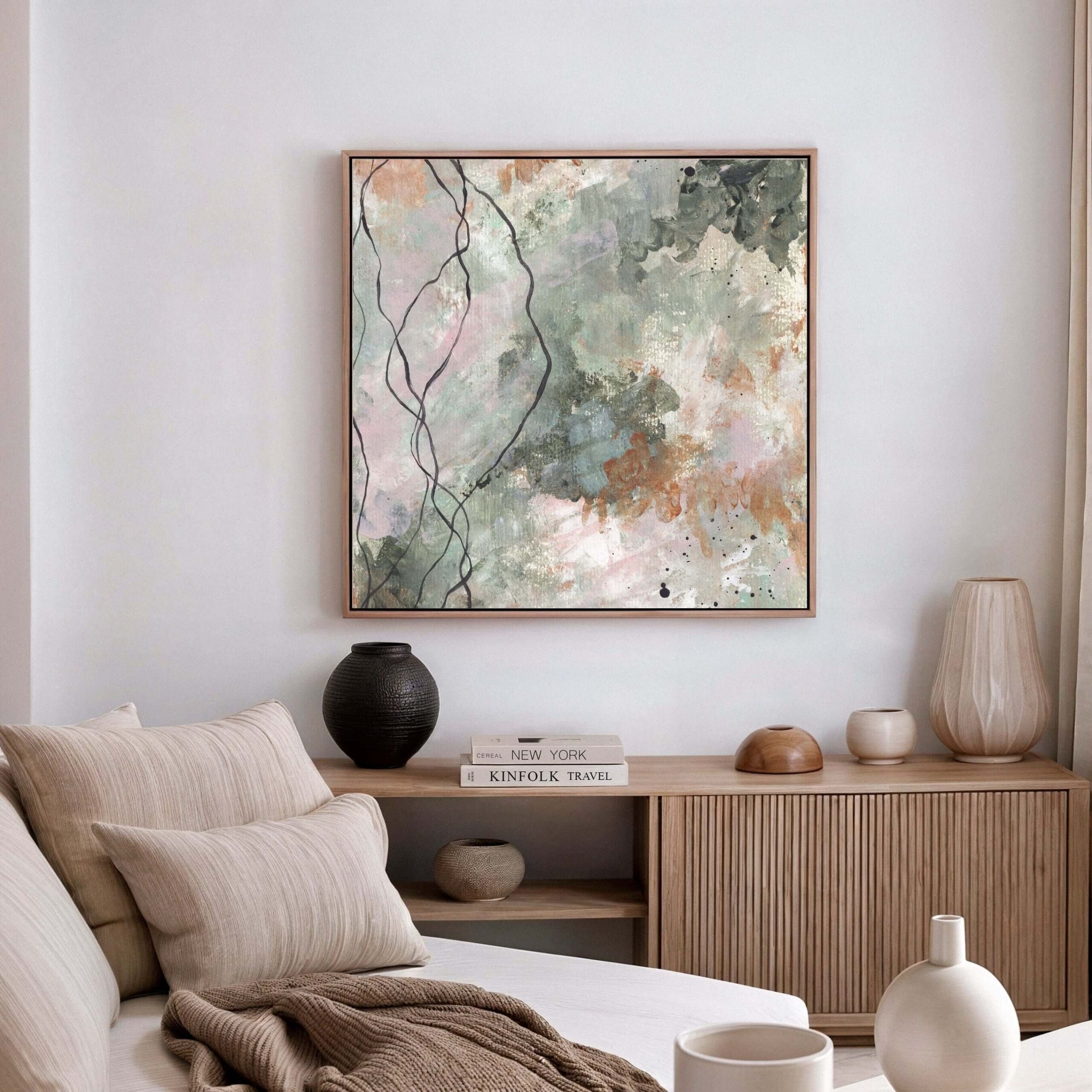
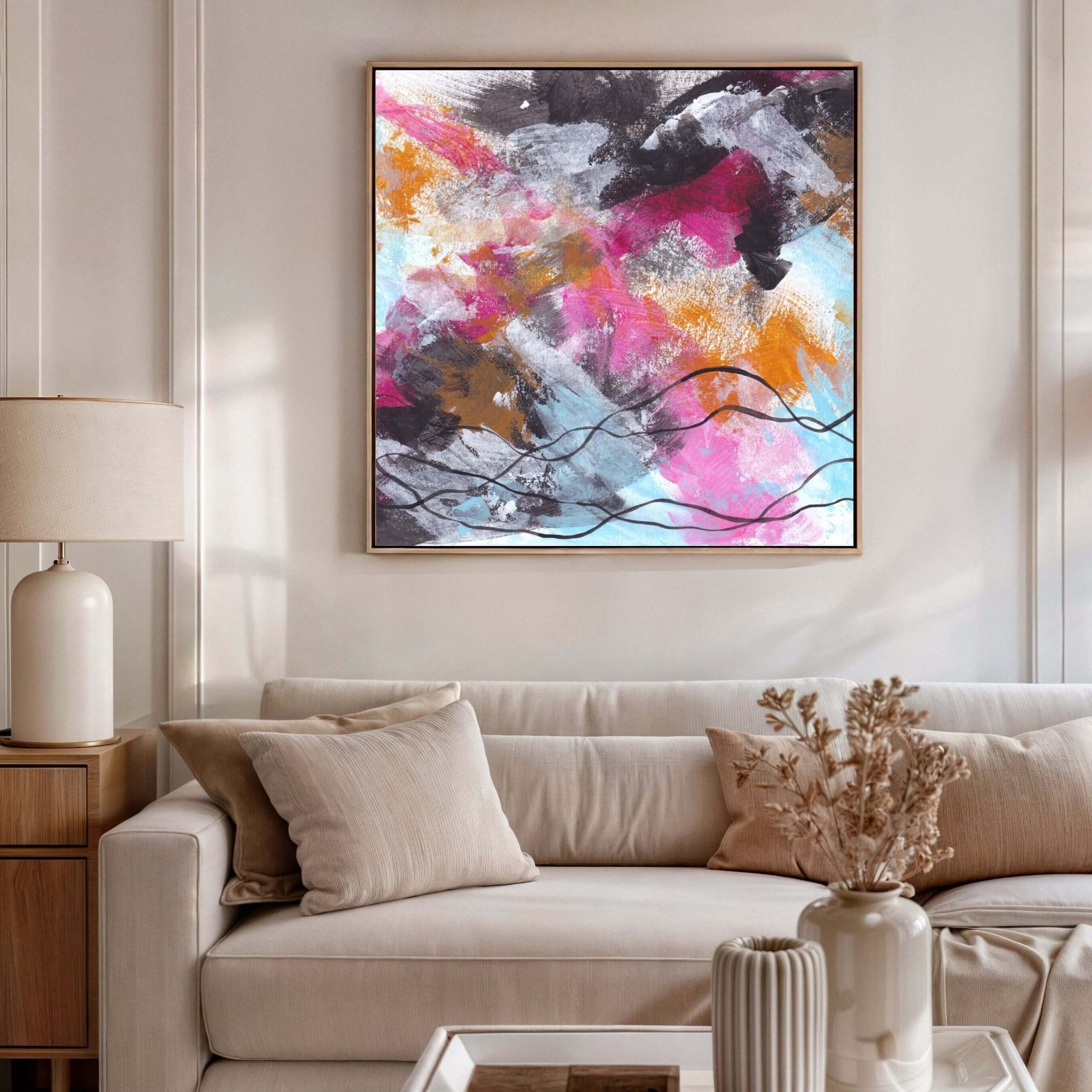
Emotional Work Requires Emotional Readiness
I have seen this many times:
Two people standing in front of the same piece.
One feels an immediate pull.
The other sees nothing but abstract colour.
The difference is not taste.
It is readiness.
My work does not require intellectual analysis.
It does not require technical knowledge.
It requires only one thing: a willingness to feel.
Those who are not ready to sit with what they carry will not recognise the work.
It will not speak to them.
They will see colour, texture, composition, but not themselves.
And that is exactly how it should be.
Why My Collectors Do Not Need Convincing
The collectors who enter my world never ask to be convinced.
They do not request sales pitches or justifications.
They do not need explanations of meaning.
They feel it immediately.
The work meets them where they are, long before words arrive.
That is why I do not pursue volume.
That is why I do not try to make the work accessible to wider audiences.
The work speaks for itself, but only to those who recognise what it holds.
The decision is instinctive.
It happens in the body before it happens in the mind.
And once it does, there is no need for further persuasion.
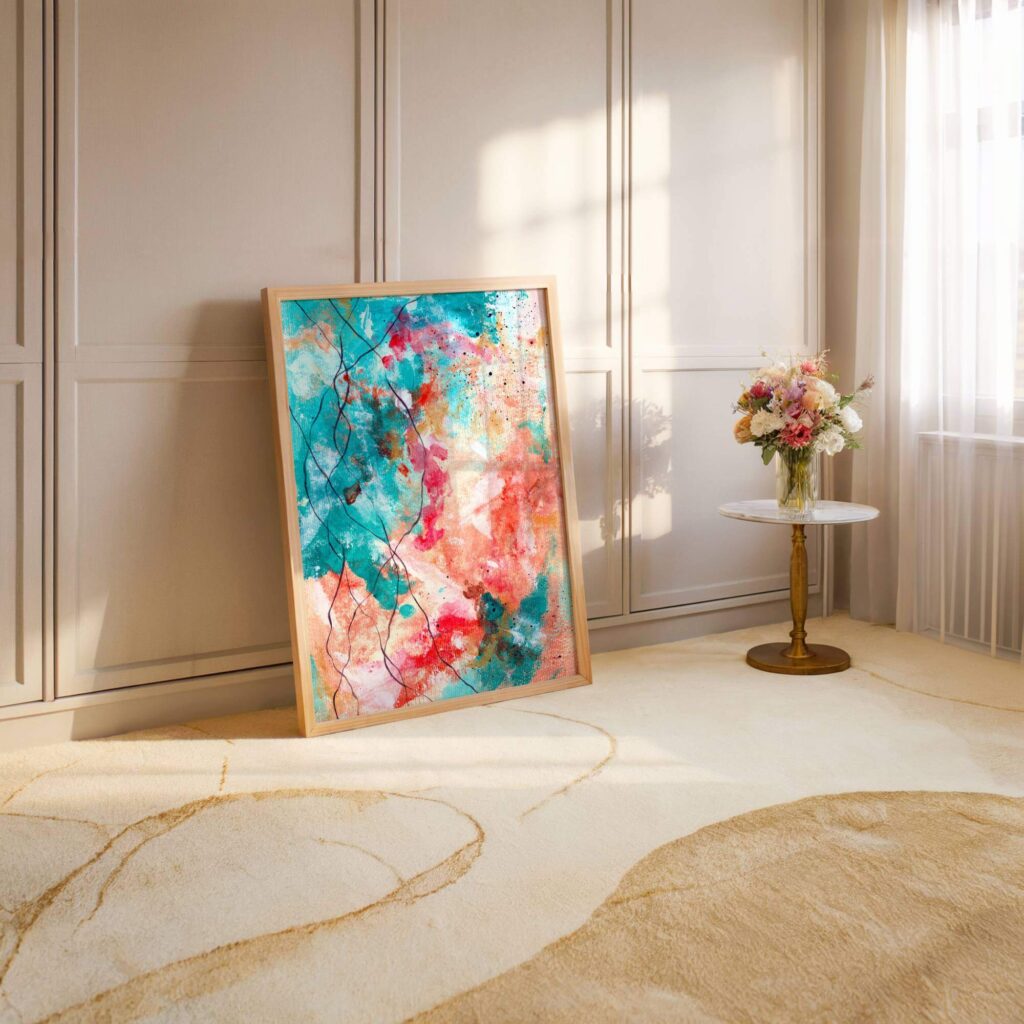
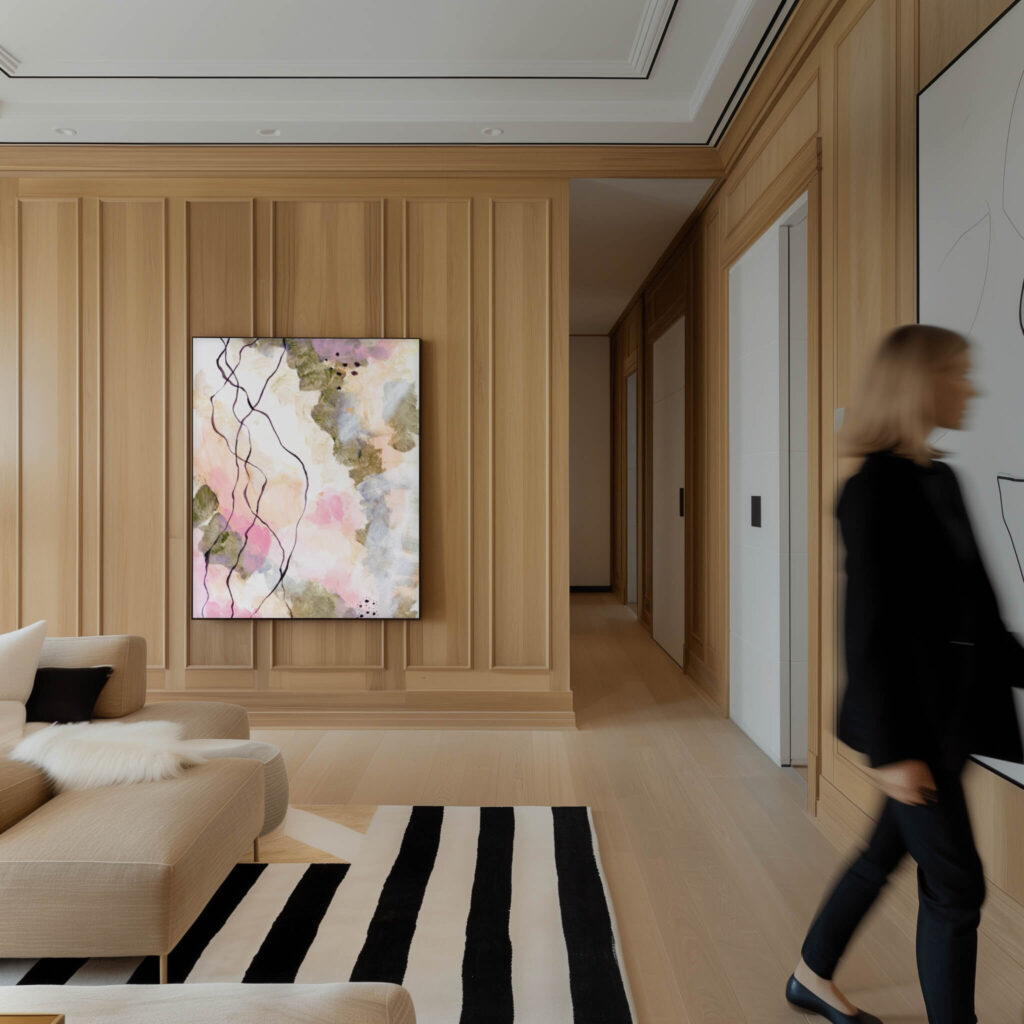
The Difference Between Decoration And Emotional Anchoring
There is a sharp distinction between art that decorates and art that anchors.
Most art sold in the luxury market today falls into the first category.
It serves to complete a space visually. To enhance aesthetics. To perform for guests.
But my work does not function that way.
It anchors.
It holds space for the collector’s internal world.
It becomes a quiet presence that reflects back their story. Not as a narrative, but as emotional weight.
This anchoring does not require visibility.
It does not serve visitors.
It serves the person living with it, privately, fully.
Why Emotional Luxury Cannot Be Mass-Market
Luxury at its highest level always becomes narrower.
At first, wealth buys access to more.
But eventually, true luxury becomes about what few others can access at all.
Emotional luxury is the narrowest layer.
Because it cannot be replicated.
It cannot be packaged for broad consumption.
It requires emotional specificity.
Mass markets seek products that appeal to many.
Emotional luxury exists for the few who understand what it means to live with presence.
And those few do not need mass approval to validate their decisions.
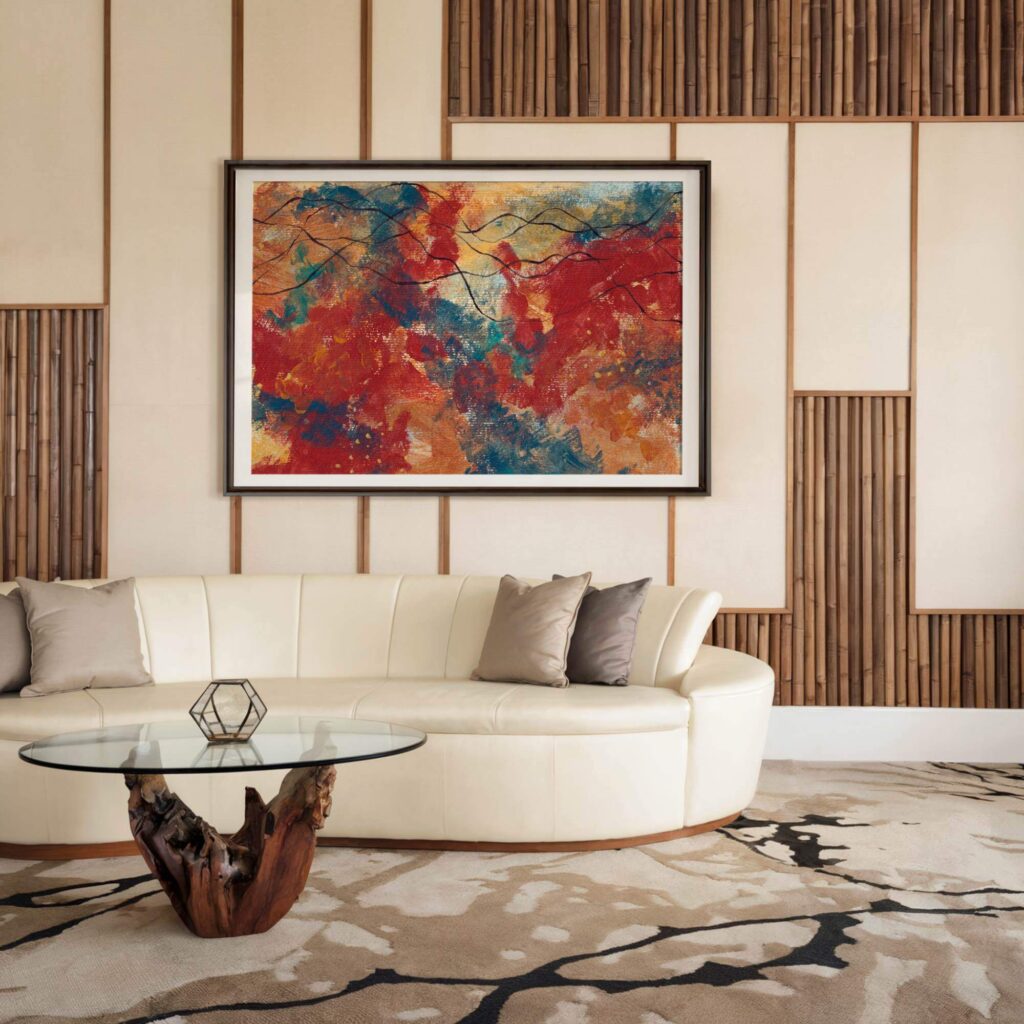

The Work Lives Inside Private Spaces
My work rarely enters public collections or highly visible design projects.
It lives in private spaces.
Homes. Retreats. Executive rooms. Personal sanctuaries.
Spaces where my collectors live with their full story, away from performance.
Spaces where stillness matters.
Where recognition happens without explanation.
The work becomes part of that space’s emotional rhythm.
It is not admired.
It is lived with.
The Collector’s Relationship With The Work Is Personal
Every collector brings their own history into the work.
The process of creating is shaped by fragments of conversation, by what is shared, and often by what is left unsaid.
The final piece does not narrate their story directly.
It holds it.
Quietly.
Fully.
Without demand.
Over time, the relationship between collector and work deepens.
The piece becomes a companion to their internal landscape.
It shifts as life unfolds. Not because the work changes, but because they do.
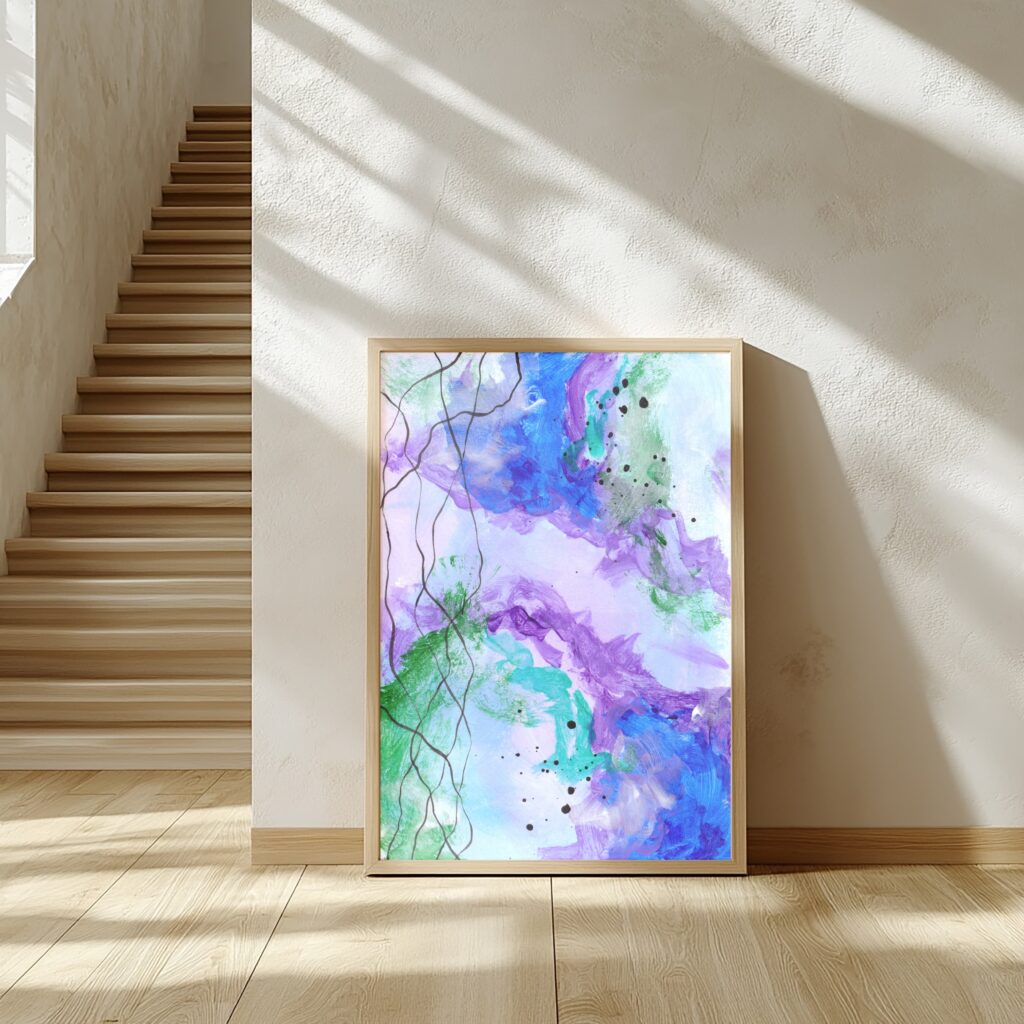
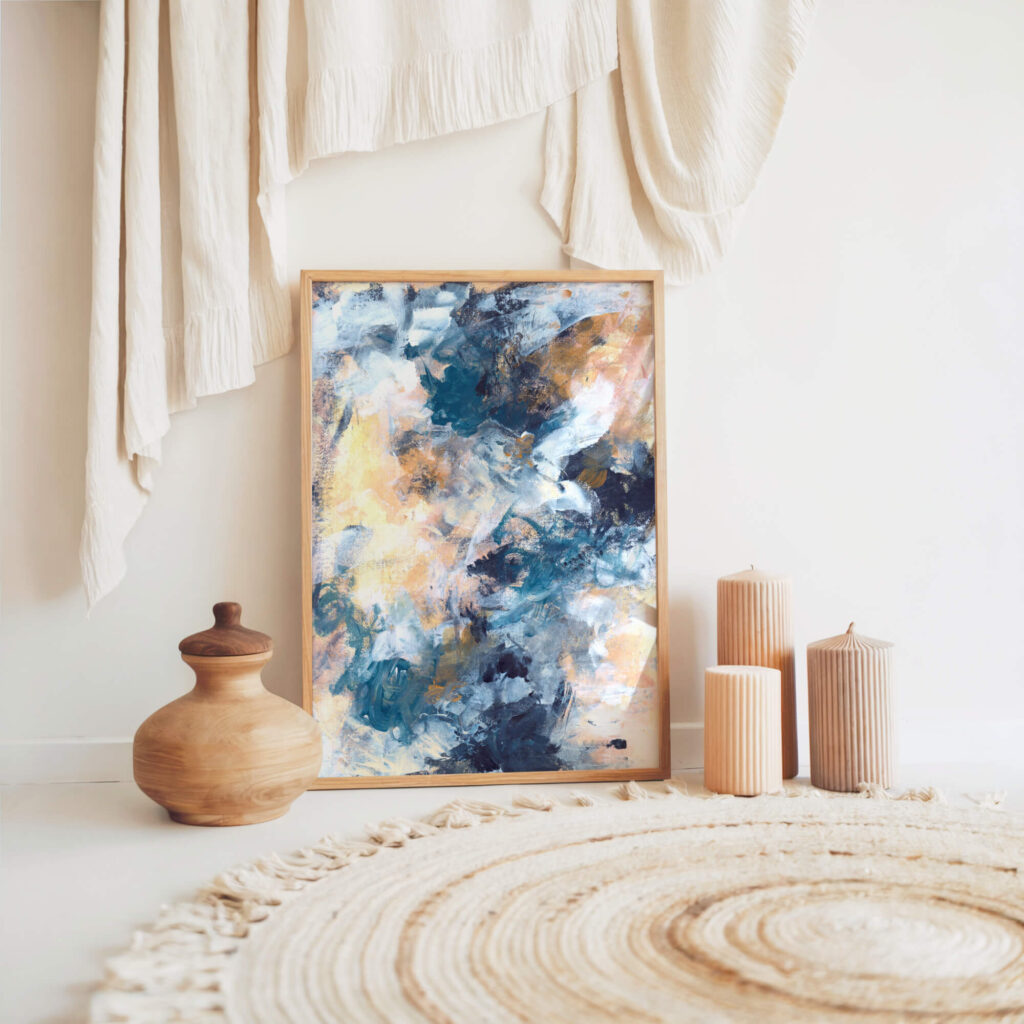
Why Some People Feel Nothing
There are those who stand in front of my work and feel very little.
They see only colour.
They analyse technique.
They ask for meaning, but do not feel it.
That is not failure.
That is clarity.
Not every person carries the kind of emotional presence the work is built to hold.
Not every person is ready to sit with what it reflects.
And that is precisely why the work was never designed for everyone.
The Permission Not To Perform
One of the rarest experiences my collectors describe is this: the work gives them permission to be fully themselves, without needing to perform for anyone.
In a world that rewards constant performance, stillness becomes a private luxury.
The work holds that stillness.
It allows grief, memory, hope, and recovery to exist together, without judgment or demand.
Collectors who are drawn to this experience understand that they are not purchasing a product.
They are building emotional space.
And they do not need that space to be understood by anyone else.
My Offerings
Whether you’re a private collector, a wellness-focused brand, or a designer sourcing for a high-calibre project, I offer art that resonates deeply and subtly.
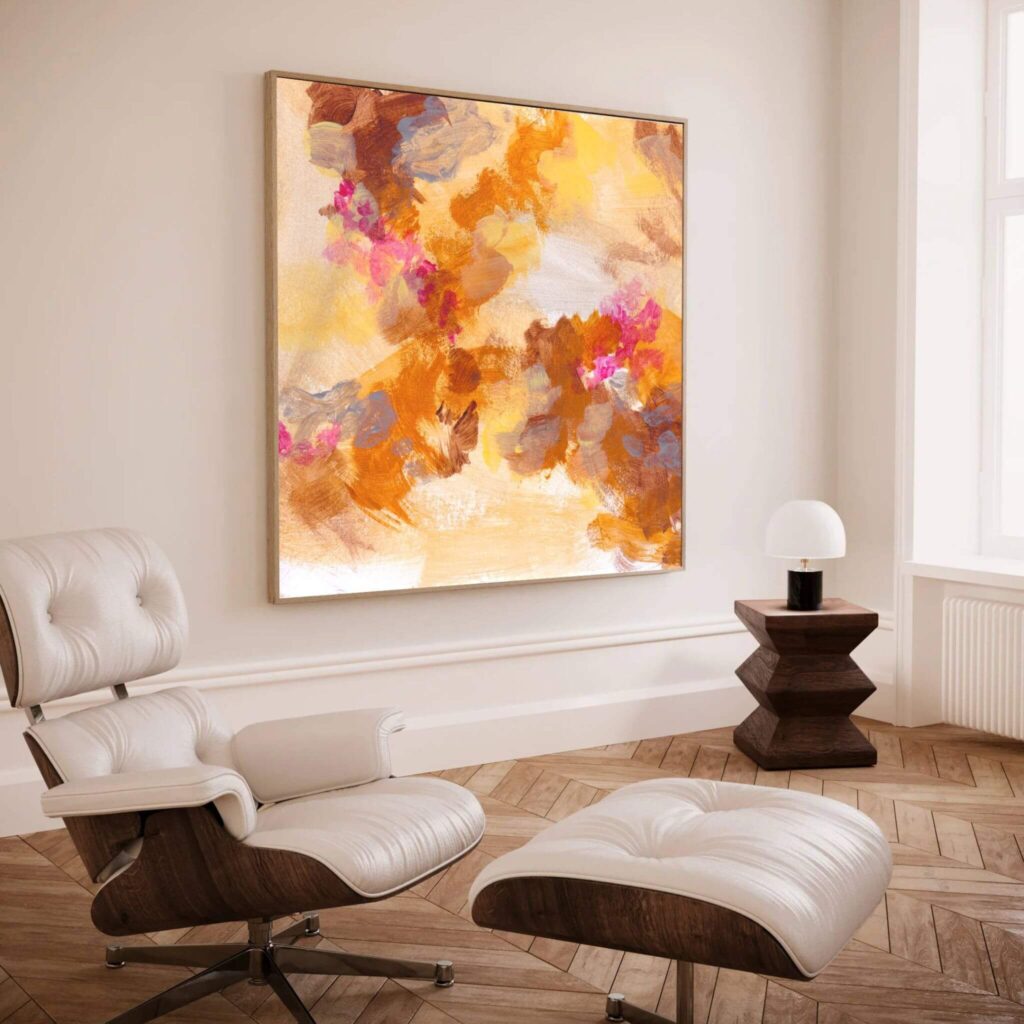
Collector's Vault
Canvas prints from the archive, made with emotional resonance and sustainable materials for spaces seeking depth.

Capsule Commission
Created privately, one at a time, through stillness and reflection. Limited spaces each season to preserve depth and intimacy.
The Last 10
Ultra-limited, hand-embellished editions. No more than ten will ever exist. Made to ground, steady, and hold presence at the highest tier.
Why Exclusivity Is Not Marketing, But Reality
Exclusivity inside my work is not a marketing strategy.
It is simply a reflection of the work itself.
Emotional anchoring cannot be mass-produced.
The process is intimate, specific, and often unspoken.
Each piece belongs fully to the person who lives with it.
Because of that, the work will always remain limited.
Not by artificial scarcity, but by emotional truth.
Only certain people will ever recognise what the work offers.
And only those people will ever need to.
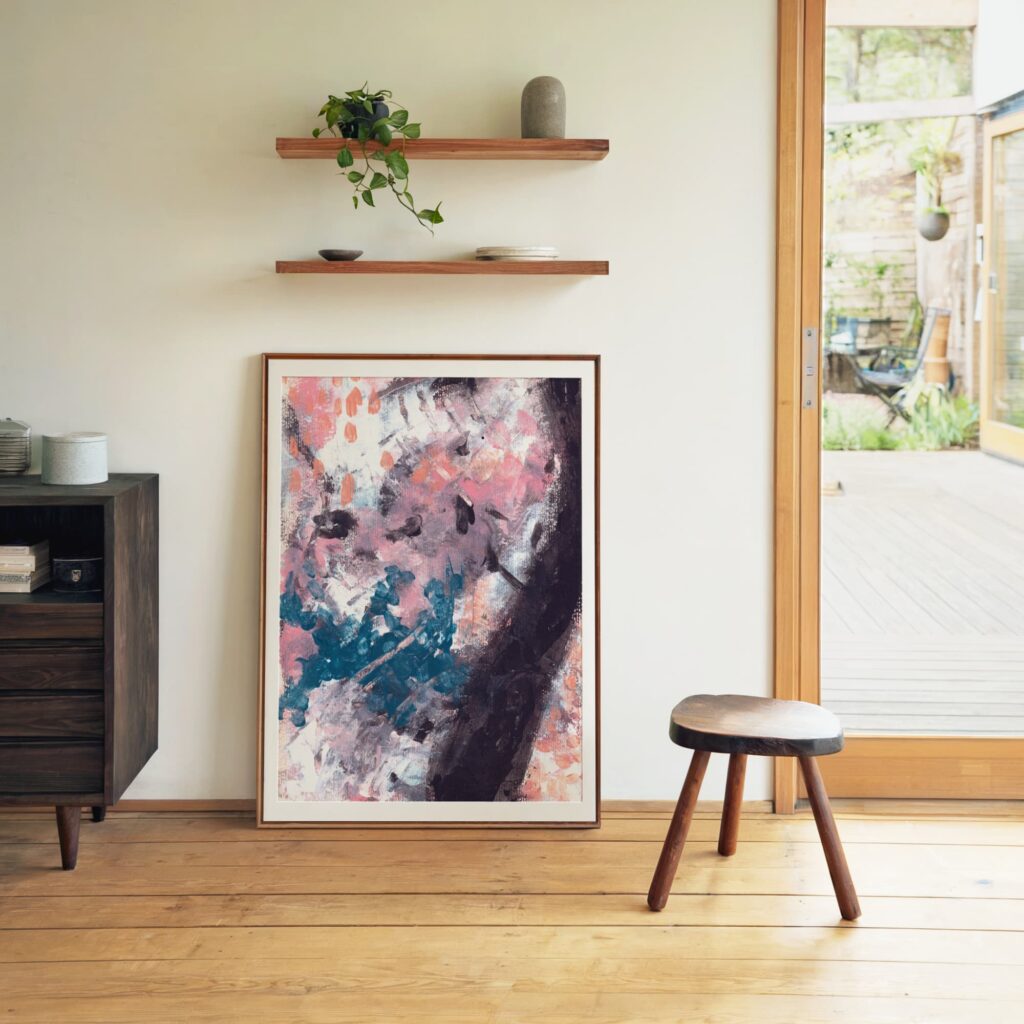
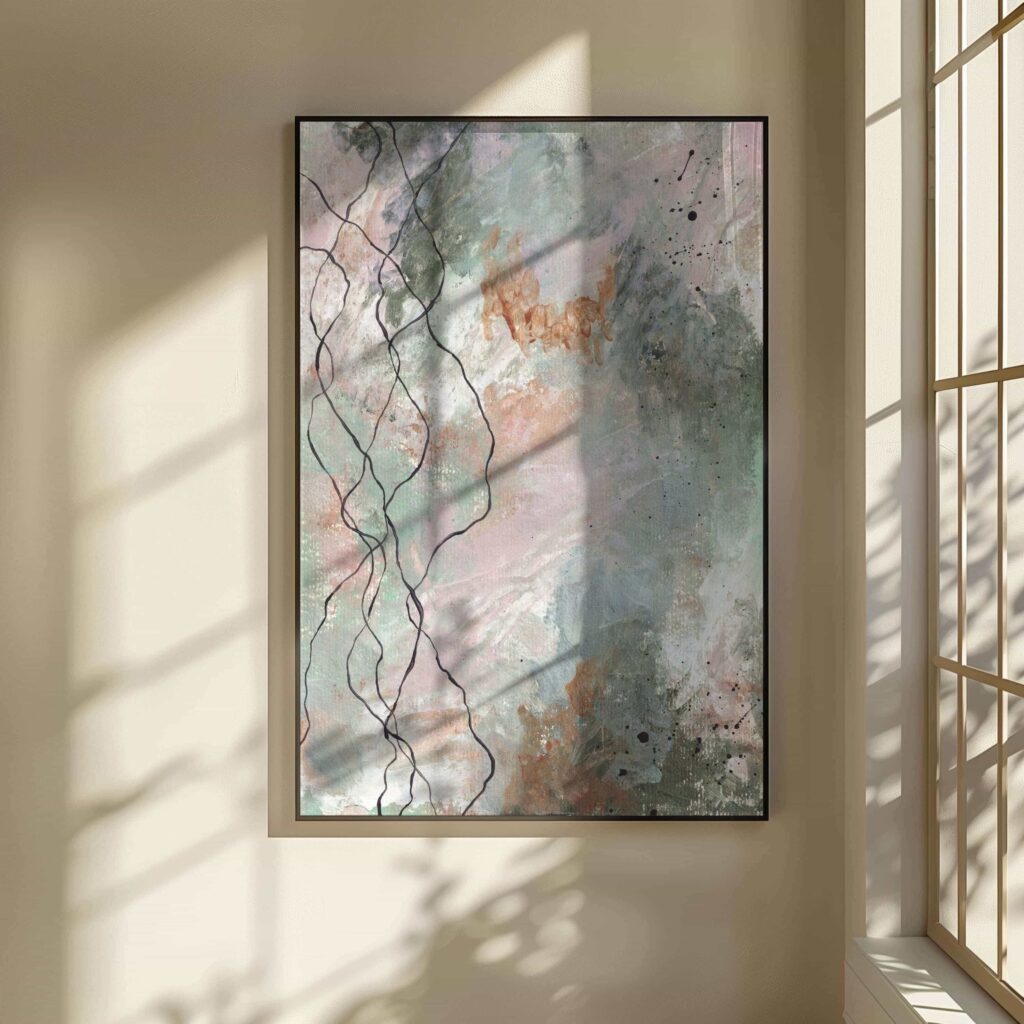
Conclusion
My work was never created to please everyone.
It was never designed to perform for visitors.
It does not exist to fill walls or complete designs.
It exists to hold space for those who carry emotional weight.
To meet them where they are.
To reflect back the parts of their story that rarely find words.
And for those who feel it, no further explanation is ever required.
Because they understand, instinctively, quietly, fully, that this work was made for them.
And for everyone else, it was never meant to be.
